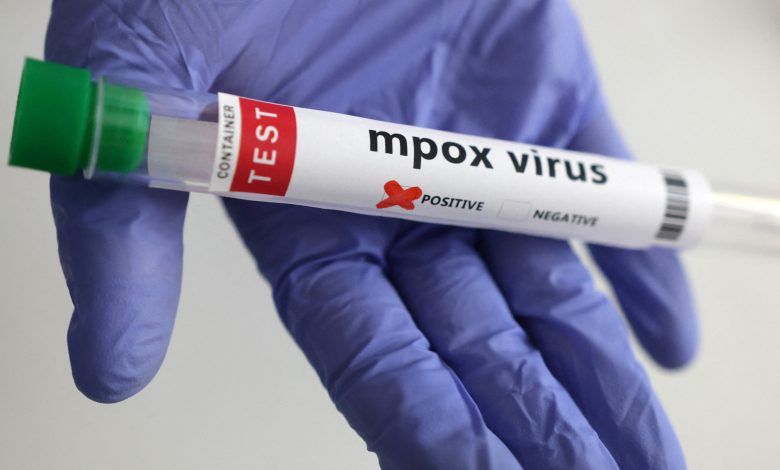
The World Health Organization (WHO) has approved the first mpox diagnostic test for emergency use, significantly boosting the diagnostic capacity in countries grappling with outbreaks of the disease.
The test, known as the Alinity m MPXV assay, is a real-time polymerase chain reaction (PCR) test that detects monkeypox virus (MPXV) DNA from human skin lesion swabs. Manufactured by Abbott Molecular Inc., an American company, the test is designed for use by trained clinical laboratory personnel.
“This first mpox diagnostic test listed under the Emergency Use Listing procedure represents a significant milestone in expanding testing availability in affected countries,” said Dr. Yukiko Nakatani, WHO Assistant Director-General for Access to Medicines and Health Products.
PCR testing, which detects viral DNA, remains the gold standard for diagnosing mpox. Early diagnosis is critical for enabling timely treatment and controlling the virus, though limited testing capacity and delays in confirming cases continue to hinder efforts in Africa, where mpox remains widespread.
Over 30,000 suspected mpox cases have been reported in Africa this year, with the highest numbers in the Democratic Republic of the Congo (DRC), Burundi, and Nigeria. Notably, only 37% of suspected cases in the DRC have been tested.
Mpox, formerly known as monkeypox, is an infectious disease caused by the MPXV. Symptoms include a painful rash, swollen lymph nodes, fever, headaches, and muscle aches.
Africa has experienced an unprecedented rise in mpox cases this year, driven by two distinct strains of the virus. Transmission is predominantly occurring in the DRC.
WHO’s Emergency Use Listing (EUL) procedure accelerates the availability of life-saving medical products, such as vaccines, diagnostics, and treatments, in the context of a Public Health Emergency of International Concern (PHEIC). In August, WHO urged manufacturers to submit expressions of interest for EUL to address the urgent need for increased testing capacity as the virus continued to spread.
So far, WHO has received three additional submissions for EUL evaluation, and discussions are ongoing with other manufacturers.





